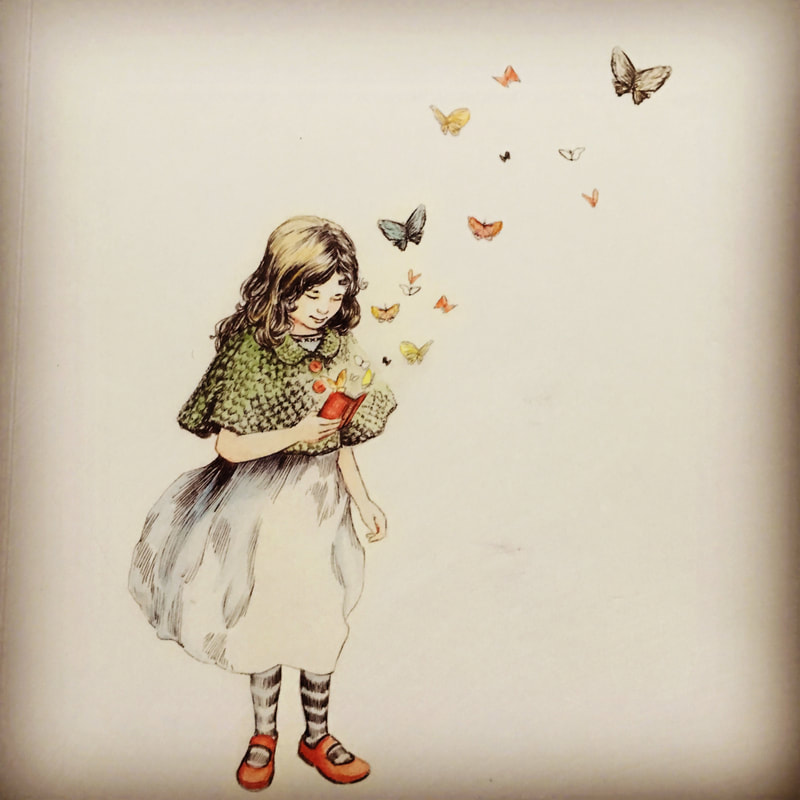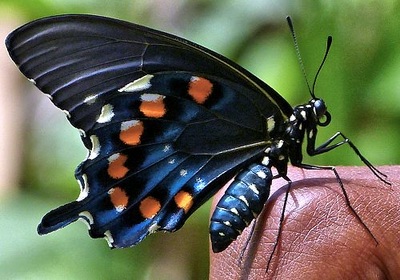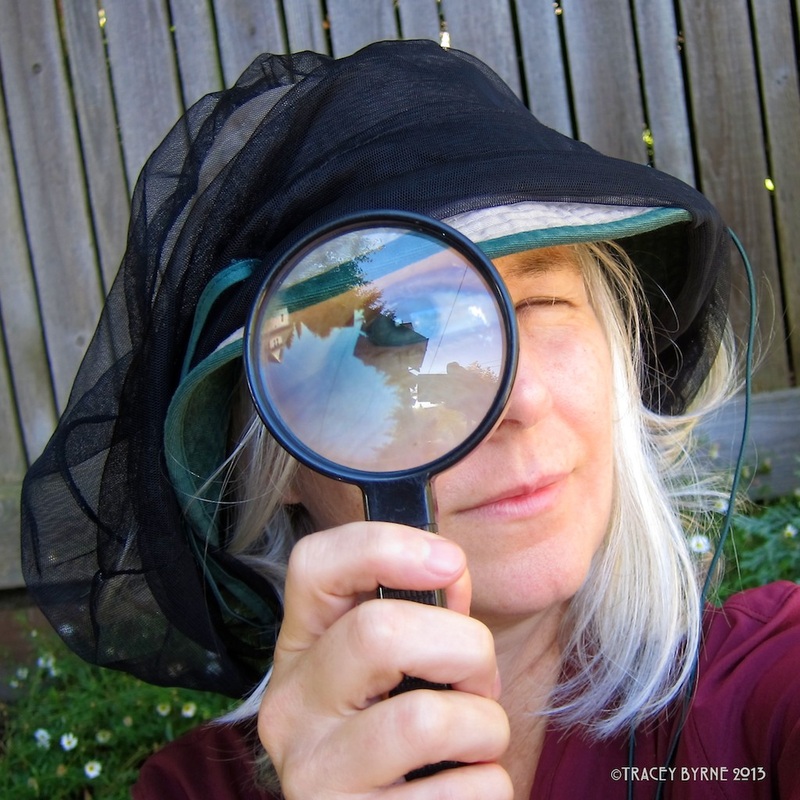|
Posting this as a marker for my first tree pollen allergies of the season. Also thought this cold or flu chart would be handy to compare my symptoms; the main difference from allergies is the pounding headache and and general crabbiness, rather than just wanting to sleep.
0 Comments
What's happening in my neighborhood: Atmospheric River! Seattle received 3" in 24 hours...not the 8" elsewhere in Washington; I am happy to be living at the top of a hill today. Cheers~
I'm celebrating the New Year with a sweet calendar created by Tessa who lives and paints in Wales. ********************************************* Resolutions? Pretty much a continuation of every year: Yoga Plant Lady by Christa @ Wild Optimist
Want to know more about migratory pollinators? specifically nectar-feeding bats and Monarch butterflies... Me too!
The Northwest Center for Alternatives to Pesticides is offering a free webinar on Monday, June 29 1pm PDT--- see you there! Eleanor Lutz, of Tabletop Whale, created this animated butterfly chart in 2014. I think she is brilliant, and love her application of art and digital technology to science illustration. Be sure to click the link to watch the butterflies in motion! Then, pop over to Pacific Horticulture to find my inquiry research on "Where Are the Butterflies?" Plus, tips on how to make your garden butterfly-friendly with these Eight Essential Elements. Enjoy ~illustration by Roger La Borde
Mystery bug #1 Mystery Bug #2 What's that bug? Have you ever found a cool bug in your backyard, tried to I.D. it, and been frustrated because you could not find it in any of your field guides, in a google image search, or even in BugGuide.net? Do not despair, as you are not alone! As you may know, insects are the most numerous animal life form on the planet, comprising about 85% of terrestrial animals. Not only that, insects come in all shapes and sizes, and do magic called metamorphosis after being nymphs or molting their hard exoskeletons as they move through instars on their way to sexual maturity. "Arthropods are a highly-successful group of invertebrate animals that includes insects, centipedes, millipedes, spiders, mites, horseshoe crabs, scorpions, and crustaceans. In terms of species diversity, arthropods are second to none. That there are in excess of one million arthropods species that have been identified by scientists and there are estimated to be many millions that have not yet been identified. Scientists estimate there may be a staggering 30 million species of arthropods alive today, the vast majority of which are insects." The insect world is currently divided into 32 orders. The largest order, the beetles (Coleoptera), contains more than 370,000 species. Other major orders are moths and butterflies (Lepidoptera, 150,000 species), bees, wasps, and ants (Hymenoptera, 120,000 species), flies (Diptera, 100,000 species), and bugs (Hemiptera, 80,000 species). To make mystery bug I.D. even harder, remember that all insects go through metamorphosis-which means that most of them look completely different from adults when they are in their immature stages as larvae and instars-making it quite a puzzle to identify them, since field guides and websites often only show images of the adult stages of many insects.  For example, take mystery bug #1, found by my friend Lorene in her West Seattle garden: after three fails (which included an image search, googling "green ladybug", and BugGuide.net), I googled "Seattle pest insects" and found a P-Patch reference document from the Seattle Dept. of Neighborhoods, that told me all about the invasive Green Stinkbug, which were first reported in Seattle in 2014. Bingo! Lorene's bug turned out to be the 5th instar stage of the Southern Green Stinkbug Nezara Viridula. She found this insect alongside lots of little tiny black bugs (2nd/3rd instar) on a Dalia leaf, never before seen in her garden.
Pipevine Swallowtail (Battus Philenor) life cycle stages The thing to remember, when taking care of your backyard, is that often times immature stages of beneficial insects look very different from the adults. Be sure to be gentle when you are weeding and tidying up your garden for the winter, as many caterpillars overwinter in the grasses, leaves, shrubs, and woodpiles. These are your butterfly nurseries. If you do find a "pest" insect, such as the Green Stinkbug, please contact the Garden Hotline: [email protected] or call 206-633-0224.
Cornell Lab of Ornithology's Project FeederWatch begins November 10th. Join me this year as a Citizen Scientist? In the meantime, enjoy these comics from Bird & Moon. See you outside! After picking blackberries two weeks ago, and subsequently suffering from the itchiest bites I have ever sustained, I am ready to share the results of my latest inquiry into... Chiggers=Really Itchy Bites! It looks like a tick, but only if you use a microscope; these practically invisible mites are the larvae stage of an 8-legged arachnid. Boy's Life states: "Red bugs, chiggers, berry bugs, scrub-itch mites and harvest mites are all terms used to describe members of the family of insects known as Trombiculidae. These reddish-orange mites can be found worldwide, but they really enjoy hanging out in damp, grassy and wooded areas, especially at the edges of forests." Approximately 50,000 species have been described, although there are an estimated 1 million species currently living. I was lucky, I only picked up about 15 of these tiny creatures while out picking blackberries (which, to add insult to injury, were infested with fruit fly larvae); I woke up in the middle of the night with an intense itching in my belly button-seven bites-and the next morning found an additional eight bites around my waist and in the inside of my elbow and knee. (I am NOT including photos, as my bites are red, crusty, and oozy: impressively disgusting.) I wondered...spider or flea bites? or, ewwww, bedbugs? My research led me to confirm a textbook case of chiggers and to the prolonged and continuing study of the most effective way to stop the confounded itching. First, from Dragonfly Woman: Unlike many blood feeding insects and their relatives the ticks, chiggers have very short mouthparts. Those little dangly bits at the front end of the chigger in the picture above are the chelicerae, their mouthparts. Now imagine the chigger in that photo shrunk down to a milimeter or a half milimeter in size, their actual size. Like I said – very short mouthparts! Chiggers don’t just eat the top layer of skin cells though – they go for the good stuff underneath. To do this, they pierce the skin with their chelicerae, then inject saliva to digest the tissue and expand the wound. The goop that is produced is slurped up by the chigger. Remarkably, they also inject compounds into the wound that cause an immune response in the host animal, one that hardens the tissue around the bite site. In essence, the hardened tube-shaped structure that forms (called a stylostome) is a straw that expands deeper and deeper into the host. The chigger injects more saliva and sucks up more liquified tissue as the stylostome gets longer and longer. That’s right! Chiggers have tiny mouthparts, but they use their host’s own immune system to enlarge their mouthparts into a stylet like those of mosquitoes or a beak like those found in the true bugs! Now if that isn’t amazing, I’m not sure what is. So the chigger bites you, dissolves some of your tissue, and eats it. Big deal, right? Wrong! These tiny little creatures are capable of producing some truly awful allergic reactions. These aren’t the send you to the hospital, carry an epi-pen with you kind of response in most people. Instead you itch. You itch like you’ve never itched before. Some people get massive itchy welts. The itching is intense, so severe that people have been known to gouge welts out of their skin as they scratch and many people have reported that the pain of doing this and the ensuing scars are much easier to deal with than the itch of the bites. Now the itching wouldn’t be so bad if it were just a few bites, but most people don’t get that lucky. Instead they get tens or hundreds of bites from many individuals at one time (chiggers tend to be clustered together) that are located in inconvenient places (want to be observed scratching your armpit or your bra straps vigorously hundreds of times per day?) and don’t go away for 5-10 days. That’s right – these little tiny animals can cause massive itching for 10 days or longer! (Are you itchy yet?) Along with experimenting with all of the above remedies, I would take 25-50 mg of Benadryl when the itching became intolerable (and also when my belly had a dessert-plate sized rash on it, which was most of the second week) once or twice a day, and especially before going to bed. I kept a bag of frozen peas and used that often, along with Ibuprofin. In addition, I dapped the wounds with tea tree oil and honey, for their antibacterial goodness, and also tried Cortisone*10 cream with aloe, and Aveeno's Anti-Itch concentrated lotion with triple oats and calamine. Taking an oatmeal bath is a lovely temporary solution, but-honestly, nothing really works.
I am two weeks in and considering using the Swiss Army knife cure. Arghhhhh. |
AuthorTracey Byrne~ Categories
All
Archives
June 2024
|





































 RSS Feed
RSS Feed
